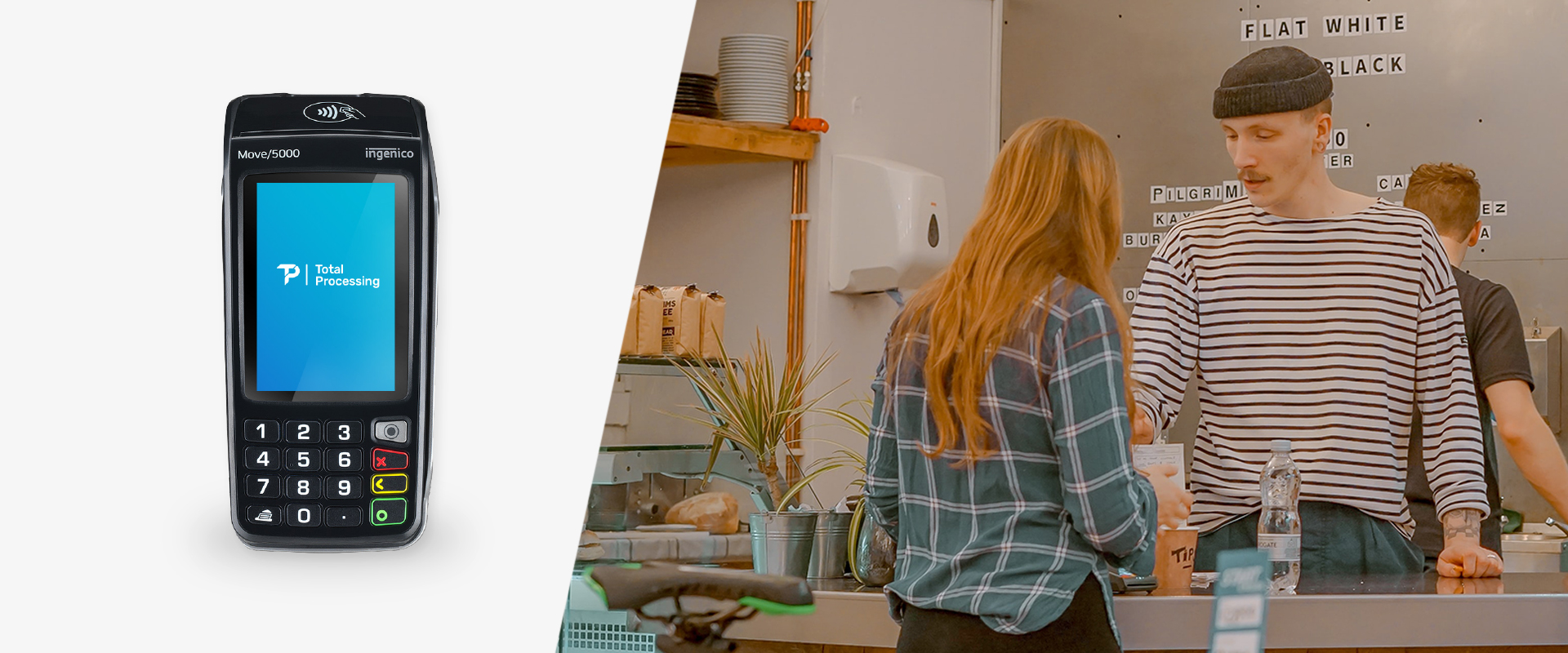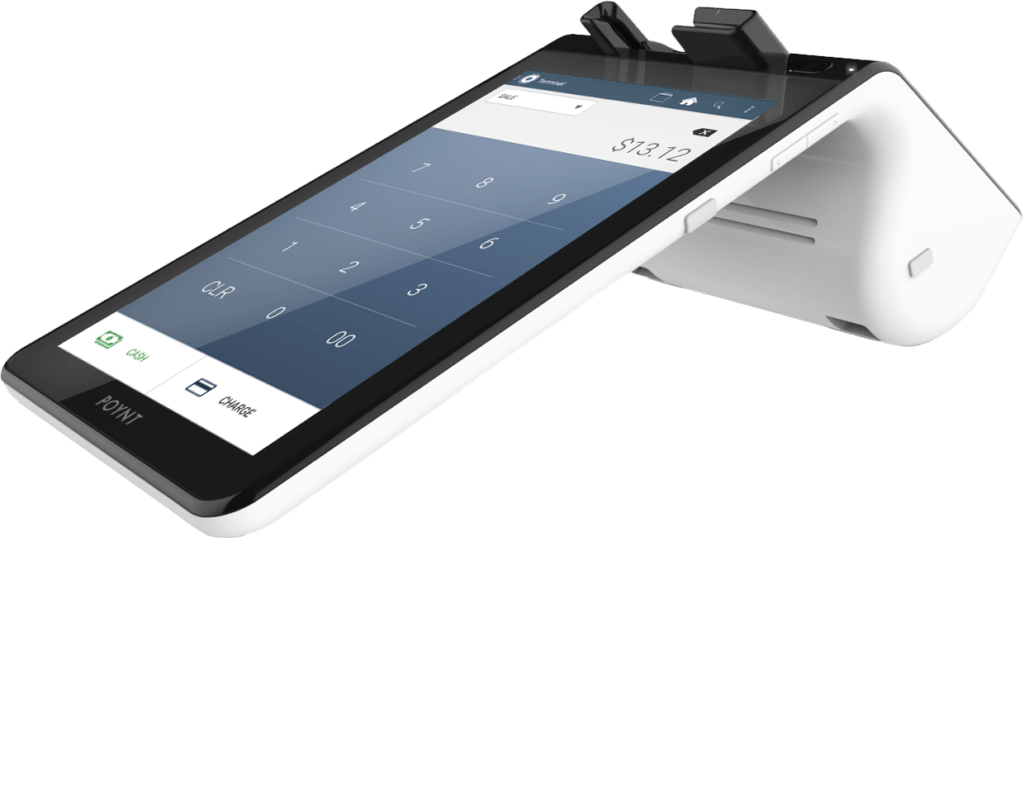A guide to Chip and Pin


It’s safe to say that almost everyone in the UK uses a Chip and PIN machine regularly. It’s potentially one of the most recognisable and trusted payment methods.
Chip and PIN is actually a brand name, officially known as EMV Cards or EMV Chip Cards because it was developed by Europay, Mastercard and Visa (EMV). It was introduced to create a global system for accepting credit and debit card payments that are more secure, faster and easier to use than previous methods. We can easily say they were successful in achieving this.
Although you know what Chip and PIN is, do you really know how it works and all the different types available? Let’s get into it!
Chip and PIN is a payment method used for face-to-face transactions, most commonly in shops and hospitality. The technology is enabled by a card machine or card reader to securely and quickly accept payments from your customer’s credit or debit card.
Chip and PIN was introduced in 2004 but it became mandatory for all cards in the UK to have this technology in 2006, and was a replacement for the older magnetic swipe method. The swipe method involved physically swiping a card and then comparing signatures. It was slow, lacked security measures and prone to fraud. So, Chip and PIN cards were introduced to combat these issues to enhance security and reduce card payment fraud.
In fact, during the first few years of Chip and PIN payments, there was a reduction in card payment fraud, with annual counterfeit card fraud losses down £81.9 million.
With Chip and PIN, cards have a microchip that securely stores payment information about the account holder, including their name, account number and card expiry date. The cardholder then has a unique 4-digit PIN.
When a customer is ready to pay, they insert their card into the machine and enter their PIN. This allows the Chip and PIN machine to access the card’s chip and process the payment by communicating the encrypted transaction data to the acquiring bank and issuing bank via the payment gateway. Once it has been authorised the amount will be transferred to your merchant account.
You can read more about how a payment process works in our card payments guide.
Chip and PIN cards can also be used to withdraw money from an ATM in the same way. The best part about a Chip and Pin payment system is that it is all done automatically for you in just a few seconds. Allowing you to take card payments quickly and securely.
There are a few types of card machines available to suit different businesses:
Countertop: These are commonly found at the main point of sale or checkout in shops. They require a connection to the mains and your WiFi or phone line.
Portable: These are popular in restaurants, bars or cafes. They allow you to take payments anywhere in your business and consist of a card reader and a base unit connected via Bluetooth.
Mobile: These machines are ideal for businesses on the move. They use a built-in SIM card and 3G connection, allowing you to take payments anywhere with a signal.

Why not check out the card machines we have available for your checkout?
In addition to Chip and PIN, many cards now have a contactless payment option. Contactless payments involve tapping the card on a reader for payments up to £100. They have become increasingly popular due to their speed and convenience.
Card readers will accept both Chip and PIN and contactless payments, as well as digital wallets like Apple Pay and Google Pay. As cashless transactions continue to grow, the use of Chip and PIN and contactless payments will increase.
Whether you’re new to card payments or looking to switch providers, we can assist you. At Total Processing, we offer a range of card machine solutions tailored to your needs. Whether you run a boutique shop, food truck or coffee business, we can help you make your passion pay.
With our low rates, no setup fees and 24/7 UK customer support, now is the perfect time to get a new card reader. Visit our Point of Sale service page for more information on our card reader options and to get started.